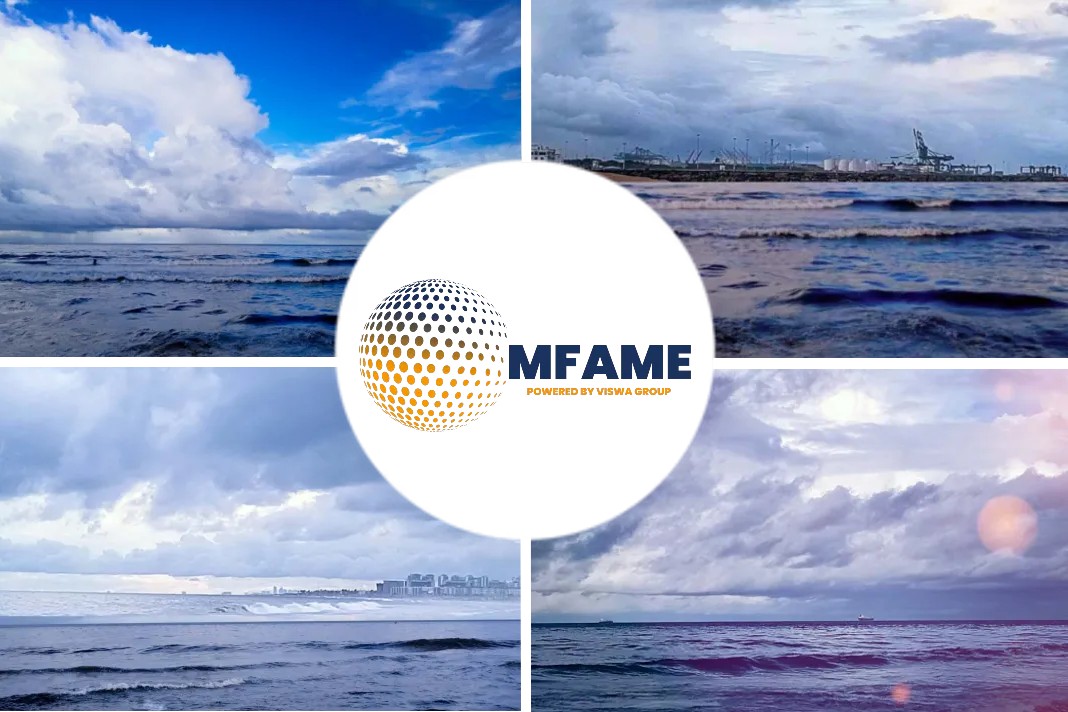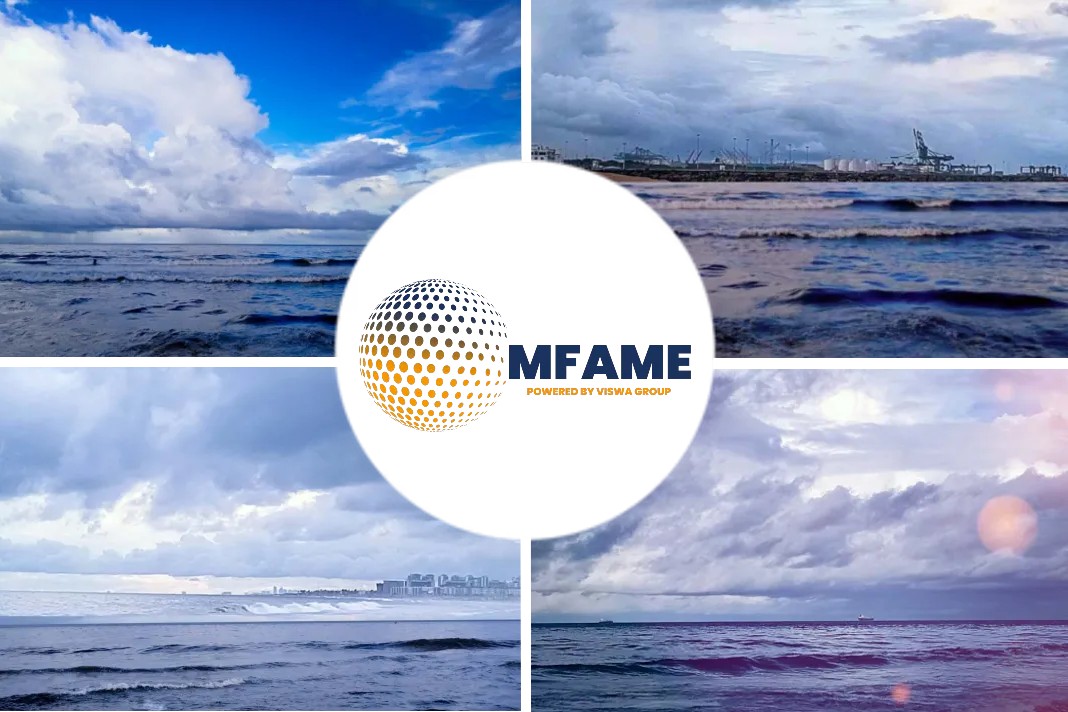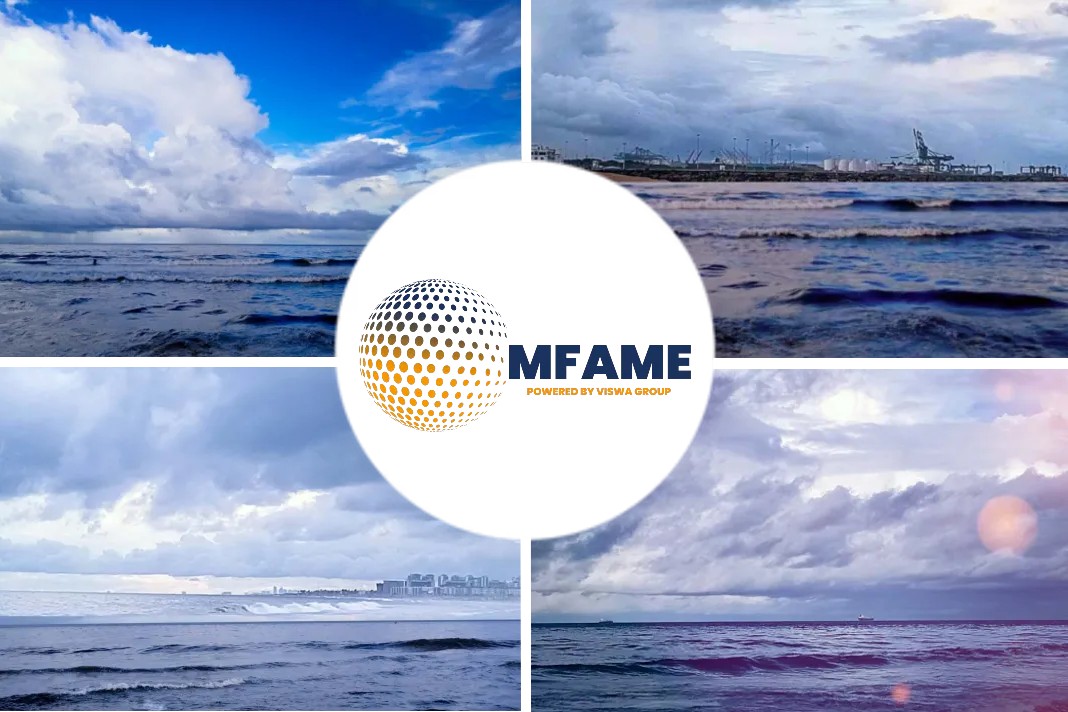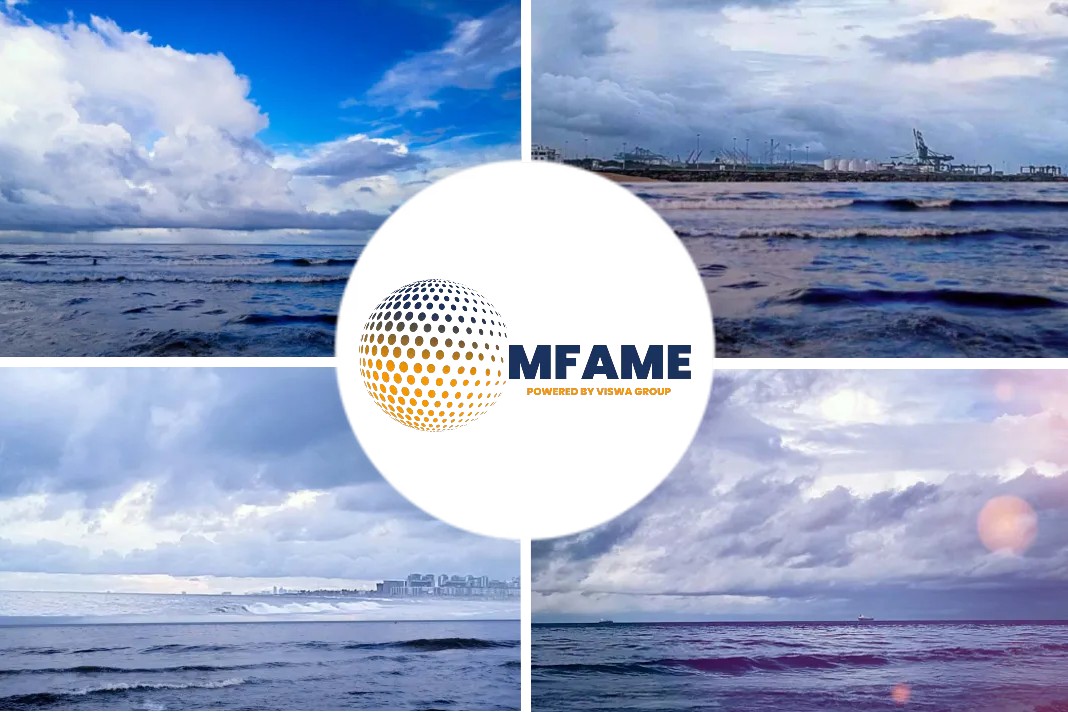- This isn’t how things were supposed to be.
- Demand is now likely to fall by that percentage range this year.
- Those three countries account for nearly 80% of Qatar’s Europe-bound exports, up from two-thirds in 2021.
The policy change in Europe toward LNG and away from Russian pipeline gas has resulted in a 65% increase in cargo import volumes in the first nine months of 2022 compared to the same time in 2021.
LNG demand
Unsurprisingly, LNG imports to Europe from almost every supply source will increase, while a significant volume that was previously going to other markets, such as Asia or Latin America, is now being consumed by Europeans.
This isn’t how things were supposed to be.
Analysts at S&P Global Commodity Insights forecast as early as one year ago that Asia Pacific, the world’s largest LNG-consuming region, will post a 5%-10% LNG demand growth in 2022.
Demand is now likely to fall by that percentage range this year.
China, which has been the growth engine for LNG demand until 2022, is on course to import the lowest amount of LNG since 2019.
Meanwhile, Europe’s policymakers had been creating an environment where a managed decline in LNG imports was likely.
Opurtunities for arbitrage
In reality, from Q1 to Q3 2022, Europe (including the UK and Turkey) imported close to 95 million mt. This was equivalent to 32% of all LNG imports globally, up from just 21% in 2021. Europe claims responsibility for one-third of the overall spot trades, which have decreased to under 29.5% of total LNG trade in 2022 compared to 33% in 2021. Only 12.6% of all spot activity in 2021 was accounted for by Europe, which was less than Latin America.
These abrupt, turbulent shifts in flows have well-established causes. In order to identify opportunities for arbitrage, it is important to understand where this inflow of LNG is coming from, why it is coming from those specific locations, and how prices are changing.
Increasing exports
Europe’s top three LNG suppliers remain unchanged: the US, Qatar, and Russia.
However, within this list, there are hidden details.
US exports to Europe have already more than doubled on-year even before Q4 started.
This highlights the flexibility of US-origin LNG: it goes to where the highest price is.
Qatar’s exports have risen more modestly, and the gains are mainly in markets where the exporter has long-term terminal capacity: the UK, Belgium, and Italy.
These are the two reasons for the surge in LNG imports to Europe: those with access to long-term terminal capacity in certain locations have been able to take advantage of the new premiums for European gas hubs; for those without but with access to US-origin volumes, they have generally been receiving stronger prices on a DES Europe basis than a DES Asia basis for cargoes.
Strong demand
Were terminal access costs the only determinant of the differential, European LNG prices would never have been at a premium to European hub prices as they were for the majority of 2021 when strong demand from China and Brazil dragged spot tons away from Europe.
Europe’s third-largest LNG supplier, Russia, has also seen a tightening in the concentration of its offtake markets in Europe, but for very different reasons.
Spain, France, and Belgium – three markets for a variety of reasons that are the most likely to take term Russia-origin LNG – have seen volumes increase over 3.3 million mt in Q1 to Q3 on-year.
Globally, while Russia is likely to export more LNG in 2022, its largest buyers are taking up a larger proportion of its total exports.
This dynamic is likely to persist in 2023 as Europe remains reliant on near-term LNG imports and there is very little prospect of Russian pipeline flows matching even the volumes seen in 2022.
Did you subscribe to our newsletter?
It’s free! Click here to subscribe!
Source: S&P Global



















